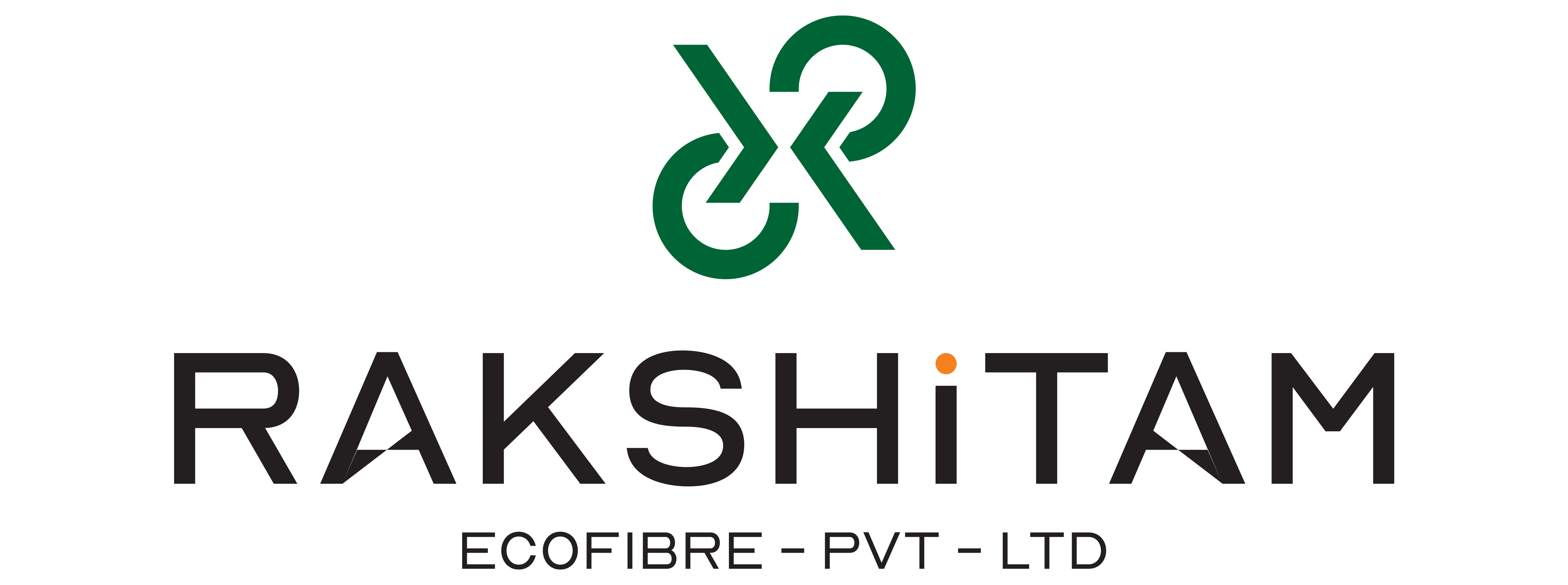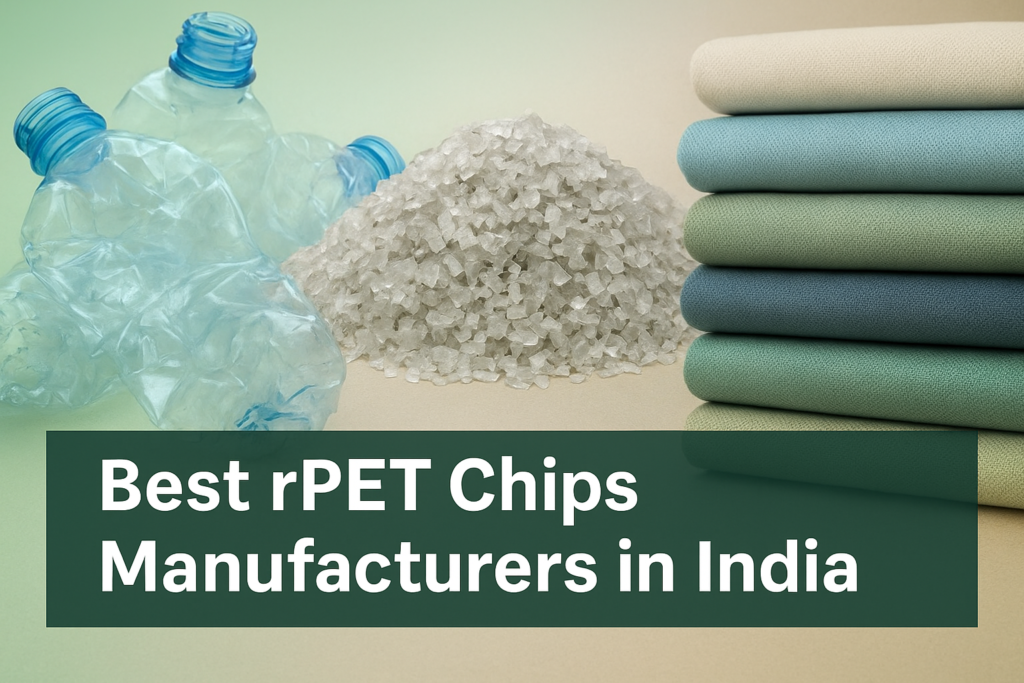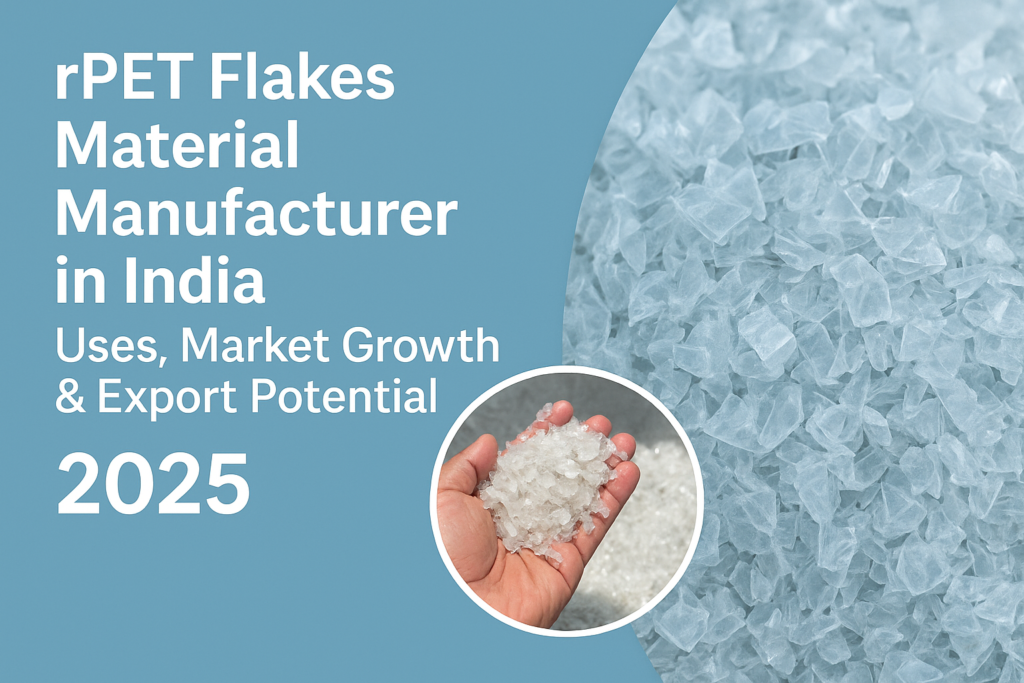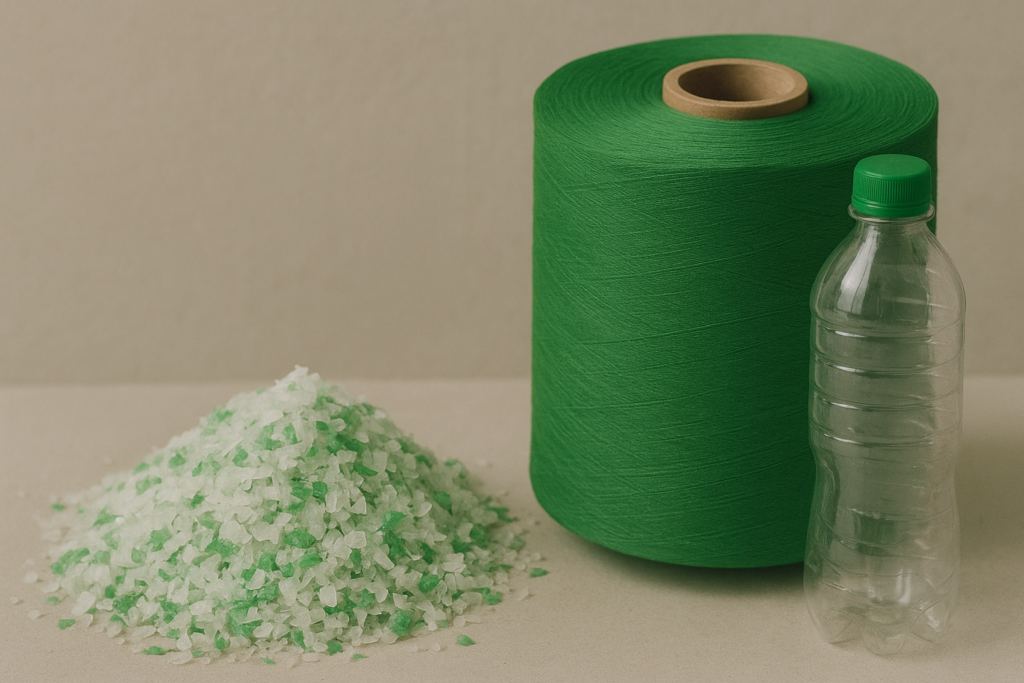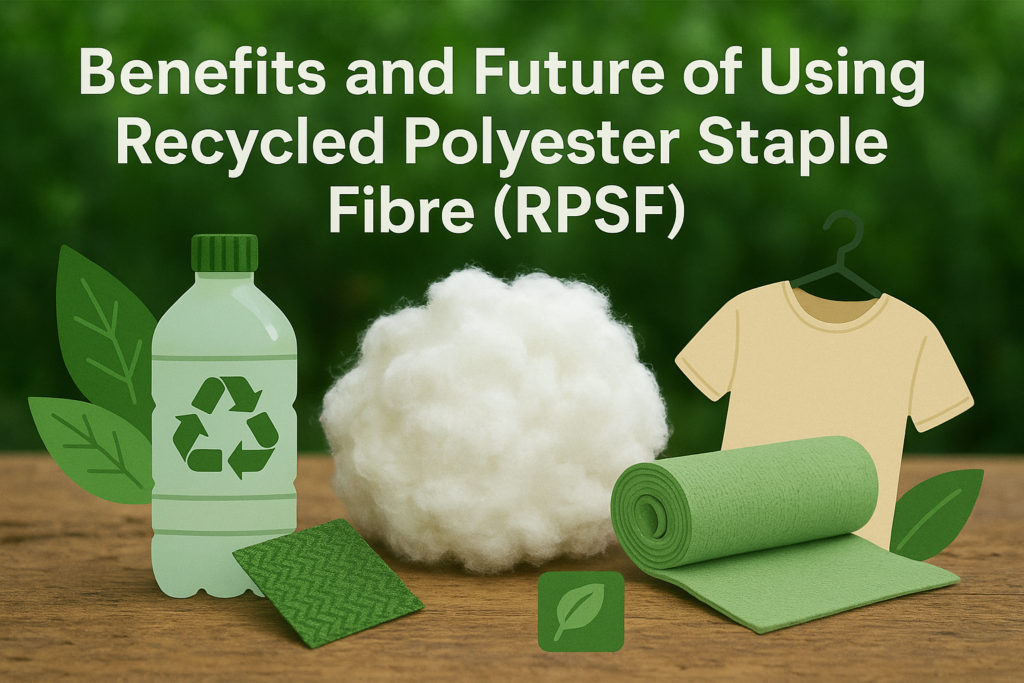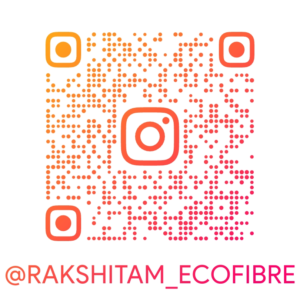With the world moving towards sustainability, the adoption of “green” practices, especially regarding packaging, has increased. One innovative material is rPET (Recycled Polyethylene Terephthalate). rPET is largely derived from plastic drink bottles and aids in the creation of sustainable packaging as well as upholding the ideals of a circular economy. This post is going to cover the environmental advantages, industrial uses, and prospects of rPET in the future.
What Is Recycled PET (rPET)?
rPET, or Recycled Polyethylene Terephthalate, refers to a type of plastic on the market that undergoes recycling at the consumer level. rPET is produced from post-consumer PET products, such as beverage bottles. These materials undergo cleaning, shredding, and reprocessing processes into pellets or flakes of the nut of a higher grade than the previous one which can be used in the making of new goods from plastic.
Benefits of rPET:
- Reduces the amounts of plastic waste and the filling of landfills
- Lessens the consumption of virgin plastic
- Renders lower carbon emissions alongside a decrease in energy use
- Preserves nature’s resources
- Maintains 100% recyclability through many cycles of use
What Is the Importance of rPET In Eco-Friendly Packaging?
Because it can be recycled, is clear, and is durable, rPET is more versatile than other materials. In addition, unlike single use plastics which are simply discarded, rPET plastics aid in supporting closed-loop recycling systems.
Common Applications of rPET in Packaging Include:
- Soda and water bottles
- Containers for personal care and cosmetic products
- Food storage packaging trays
- Packing Clam shells for electronic products
- Bottles of household cleaners and detergents
How rPET Functions Within The Circular Economy
In this system, “waste” is not waste, but rather a byproduct that can be transformed into something of value to be reinvested into the economy. If you put rPET through collection, processing, reusing, and recycling, you achieve a fully closed lifecycle system.
The Circular Lifecycle of rPET includes:
- Collection: PET bottles have to be collected as part of a recycling program.
- Sorting and washing: The materials are checked for composition of polymers and cleaned
- Processing: PET is cleaned and turned into flakes or pellets.
- Manufacturing: New bottles, textiles, and containers are produced with rPET.
- Recycling: The products can be recycled which keeps the cycle in motion.
As a result, environmental impact is reduced while material efficiency is maximized.
Environmental and Economic Impact
All business advantages aside, adopting rPET in packaging brings about a positive impact on the environment.
Environmental Advantages:
- Energy Savings: Producing rPET plastics needs as low as 60% less energy when compared to virgin plastics.
- Emission Reduction: The production of rPET can lower carbon emissions by up to 80%.
- Pollution Prevention: Helps in the removal of plastic from getting dumped into the ocean and the ecosystem.
Economic Advantages:
- Cost Effective: There is a reduction in the cost of raw materials and production.
- Supports Green Jobs: There is more employment generated from recycling and green technology.
- Brand Value: Improves the image of the business among customers who practice and purchase eco-friendly products.
How Brands Are Transitioning To rPET
Every single brand rPET has one or more actions which are attempted to be aligned into products over the course of their planning due to the rpet driven sustainability demand.
Examples of Adoption:
- Coca-Cola has been stated to use 100% rPET for their beverage bottle in some markets.
- Adidas has produced millions of shoes from plastic waste; including rPET.
- Unilever and Nestlé are working on sustainable packaging which includes rPET, and later on looking to incorporate it into their products.
These companies and brands are operating in an eco-friendly manner, enabling them to meet policies and standards while also appreciating consumer’s sentiments.
Also Read: Transforming Waste into Value: How Plastic Bottles Become High-Quality RPSF Fiber
Concluding Remarks
Utilized as such or not, recycled PET serves a purpose far greater than simply a material. The integration of rPET into packaging systems leads to lowering environmental impact, cutting costs, and aiding in the utilization of robust circular economies.
By choosing rPET, you help foster a sustainable future.
